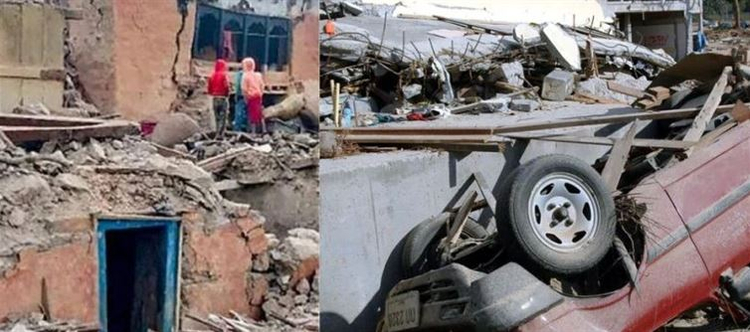
Tibet and pakistan both saw a number of earthquakes yesterday. Concerns regarding earthquakes in india have been heightened by the recent tragedies in neighboring countries. On friday, march 28, an earthquake with a magnitude of 7.2 slammed Myanmar, killing more than 2,700 people. According to experts, india will soon experience earthquakes. A possible earthquake that would have a greater impact on the nation was alluded to in an india Today article that quoted experts.
Earthquake Alert
According to the paper, tectonic activity in Northeast india, where the indian plate is subducting beneath the Sunda and burma plates, might cause a large earthquake known as a "Great Himalayan Earthquake" (magnitude exceeding 8). Severe earthquakes and tsunamis could result from this. In addition, occasional yet fatal intraplate earthquakes could strike Central and Peninsular India. india is mainly unprepared for such a calamity, despite these threats, which raises concerns about possible destruction and insufficient infrastructure readiness.
Myanmar Earthquake
Large tracts of terrain moved past one another in opposing directions during horizontal movement along the Sagaing Fault, which caused the earthquake in Myanmar. Strike-slip faults are characterized by this kind of seismic activity, where stress accumulates along tectonic boundaries and is released in abrupt shifts that result in earthquakes. Some historical earthquakes, such as the San Andreas Fault in California, were comparable to the occurrence of a strike-slip fault. It was a high-magnitude, shallow earthquake that caused noticeable damage and strong surface shaking.
States that could be impacted
Nearly 59% of india is vulnerable to earthquakes, the news report states. States like Himachal Pradesh, Uttarakhand, Bihar, and the Northeastern states are the ones with the highest danger. In the meantime, cities in hazardous seismic zones include delhi, Mumbai, and Kolkata. Additionally, the lack of adequate earthquake protection in buildings raises concerns. This increases the likelihood that buildings may collapse during an earthquake, killing more people than the actual natural disaster.




 click and follow Indiaherald WhatsApp channel
click and follow Indiaherald WhatsApp channel